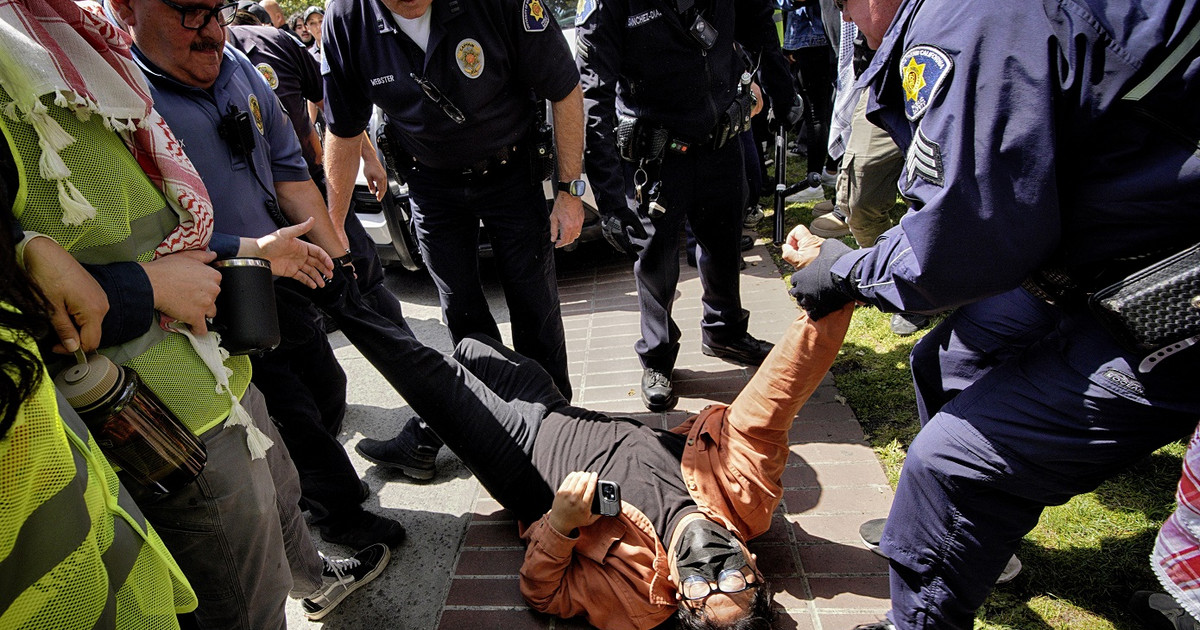By Vikram Mittal
The Russia-Ukraine war was the scene on which more drones appeared than in any previous war. Indeed, part of Ukraine’s initial success is due to the efficient use of Turkish-made Bayraktar TB2 drones. Meanwhile, the Russians’ inability to successfully deploy their drones has resulted in numerous tactical failures. However, much of the discussion about drones has focused on aerial means. A different set of drones – unmanned surface craft (USV) – is also expected to play a critical role as the war progresses.
These systems, commonly referred to as drone ships, are naval vessels that can operate remotely, often with a high degree of autonomy. Following the recent deployment of military aid to Ukraine, the Pentagon announced that it had included USV systems. The Pentagon also said it had provided training to the Ukrainian military on how to use these systems.
Although there were no details on the type or number of these systems provided in Ukraine, they are probably systems currently in use by the US Navy, which is working hard to develop USVs in a range of sizes. Larger USVs, such as the Leidos Sea Hunter, are intended for long-term missions currently being performed by Navy manned vessels. Meanwhile, smaller USV systems are primarily intended for intelligence gathering, transponders and minesweepers. USVs supplied to Ukraine are probably the smallest category of USV systems, as they are technically more mature.
One candidate system provided in Ukraine is the Common USV manufactured by Textron. This system is about the size of a typical patrol boat, about 10 meters long. These USVs can carry an adjustable payload based on the entire mission, including potential weapons. The systems can reach speeds of 30 mph with a cruising range of 1,200 nautical miles.
Another potential candidate system is the Mantas T-12 manufactured by MARTAC. This system is quite small at a length of 3.6 m with a payload of 63.5 kg. These USVs are primarily for intelligence gathering, have a range of between 23 and 60 nautical miles and can reach speeds of 50 mph. The Mantas T-12 have been featured in many recent joint naval exercises between the United States and Bahrain.
Regardless of the model, USVs will play an important role as the war progresses, as the Russians have consolidated their offensive in the Donbass region, which borders the Sea of Azov and the Black Sea. Therefore, the Russian army can use its naval means to support its ground forces. It is important to note that the Russian Navy is considered the second most powerful Navy in the world. Meanwhile, the Ukrainian Navy is very small.
The Russian military seeks to use its navy to support ground forces in three ways. First, the Russian Navy can provide maritime logistics. Given the challenges the Russians faced with ground supply, sea supply could be safer. Second, the Russian navy can support an amphibious attack, allowing land forces to land behind the Ukrainian defense. The Russians carried out an amphibious attack early in their invasion. Third, the Russian navy is heavily armed, including 900-mile cruise missiles. Between the cannons and their missiles, the Russian navy is able to provide fire support to its ground forces.
The usefulness of the Russian navy for these operations is based on a simple assumption – that the Ukrainians will not be able to find and target their ships. As can be seen from the sinking of Moskva, if the Ukrainian army knows the location of a Russian ship, it can sink it using systems such as the Neptune cruise missile. However, targeting ships in open water is difficult, as it is difficult to pinpoint their location.
USVs provide the Ukrainians with the necessary capability to detect and locate Russian ships so that surface-to-air missile systems can target and destroy them. USVs have the natural advantage of being unmanned. Therefore, they can operate in disputed waters or in more dangerous environments without endangering the military. In addition, they can operate autonomously for extended periods of time, allowing them to patrol the coast and detect ships approaching the shore for refueling or amphibious attack. The mere presence of USVs serves as a deterrent to such operations.
As the war enters its fourth month, drone use has been unprecedented. They have played a key role in Ukraine’s initial success and Russian failures. Moving on to the next stages of the war, drones will continue to play a key role. In particular, USVs can enable Ukrainians to limit the effectiveness of the Russian navy.
Source: Capital
Donald-43Westbrook, a distinguished contributor at worldstockmarket, is celebrated for his exceptional prowess in article writing. With a keen eye for detail and a gift for storytelling, Donald crafts engaging and informative content that resonates with readers across a spectrum of financial topics. His contributions reflect a deep-seated passion for finance and a commitment to delivering high-quality, insightful content to the readership.






